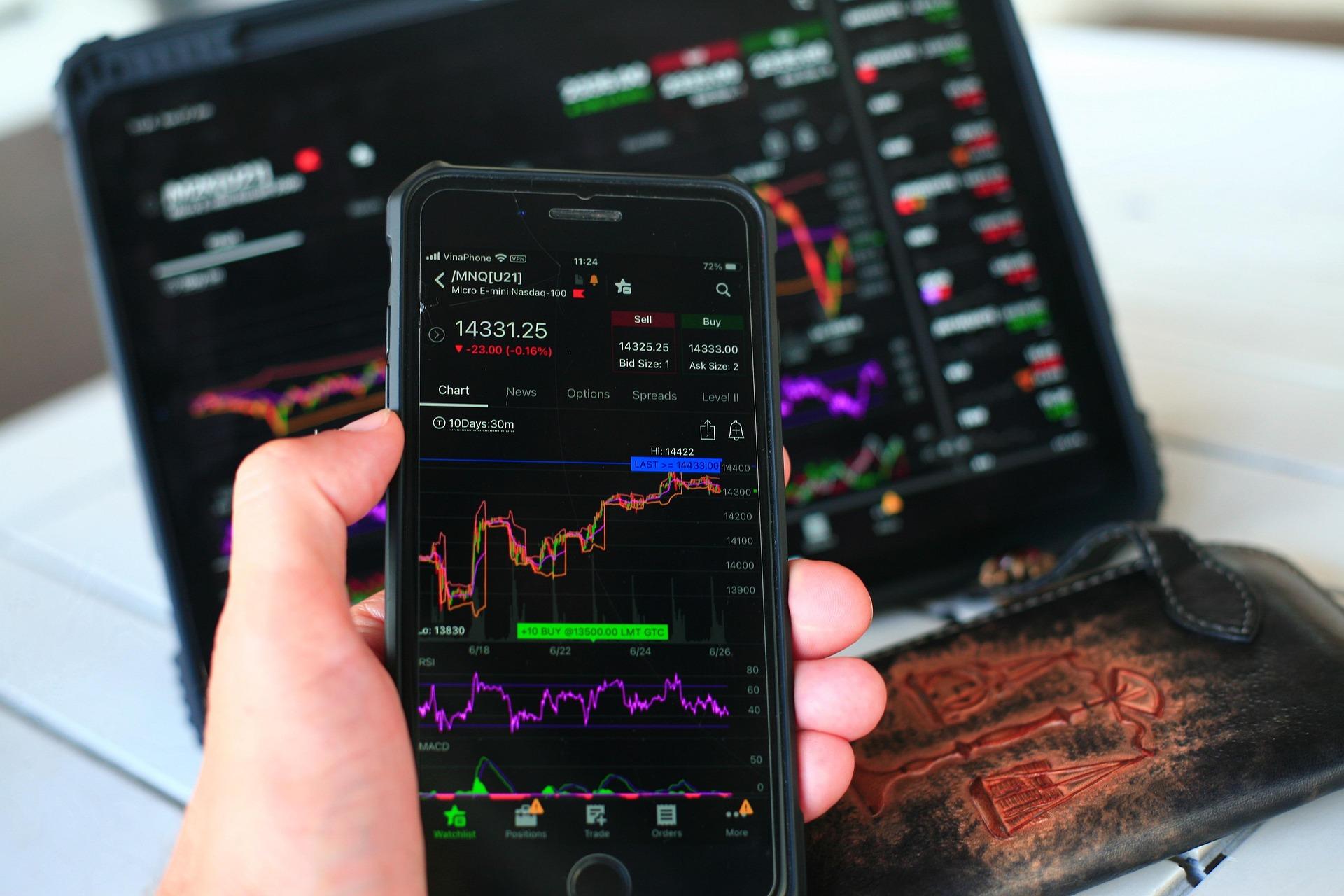
Over the past few days, gold prices have witnessed a notable correction. After touching record highs earlier this month, the yellow metal has slipped below key levels. On August 8, 2025, gold marked an all-time high at ₹114,406 per 10 grams, but prices have since dropped below the ₹1 lakh mark in India. Despite the recent pullback, global brokerage giant UBS has issued a bullish forecast, suggesting that gold is far from losing its shine. According to the firm’s latest outlook, gold prices could rise to $3,600 per ounce by March 2026, implying more than 20% upside from current levels.
As of August 19, 2025, spot gold trades near $3,340 per ounce, already at record territory. UBS’s upgraded forecast indicates that the rally has not peaked yet and that new highs are on the horizon. The firm has based its projections on three major global factors: a slowing U.S. economy, de-dollarization trends, and rising investor demand.
Why UBS Expects Gold to Rally Further
UBS’s report highlights three key reasons behind its optimistic forecast:
Macroeconomic Uncertainty in the U.S.
America’s economic growth has slowed, raising concerns about recessionary risks. Whenever uncertainty rises in the world’s largest economy, gold traditionally acts as a safe-haven asset. Investors shift capital into the metal to protect against market volatility and currency risks.De-dollarization Trends
Countries such as China, Russia, and India are reducing their reliance on the U.S. dollar and increasing gold reserves as part of a diversification strategy. This structural trend is expected to drive long-term demand for gold as nations seek alternatives to the dollar for trade and reserves.Strong Investor and Central Bank Demand
Exchange-Traded Funds (ETFs) have reported strong gold inflows, while central banks—particularly in Asia and the Middle East—have been aggressively adding gold to their reserves. India’s central bank, the RBI, has also been boosting its gold holdings. This sustained demand provides strong support for higher prices.
Competing Forecasts from Other Institutions
UBS is not the only major institution betting big on gold. HSBC expects the average price to be $3,215 per ounce in 2025 and $3,125 in 2026, while J.P. Morgan has also projected fresh record highs in the coming years, citing U.S. trade tariffs under President Donald Trump’s policies as a catalyst.
Interestingly, UBS has revised its own forecast upwards. Earlier, the firm had a target of $3,500 by March 2026, but it has now increased the projection to $3,600 by March and $3,700 by June 2026.
This shows the growing consensus among global banks and analysts that gold will remain one of the best-performing assets in the near future.
Gold’s Performance in 2025 So Far
Gold has already been a standout performer this year. Since the start of 2025, prices have surged 26%, setting multiple record highs. The rally has been fueled by:
A weaker U.S. dollar,
Expectations of interest rate cuts by the Federal Reserve,
And geopolitical uncertainties that have kept investors cautious.
With inflation risks persisting and global trade imbalances widening, gold’s role as a hedge has become even more prominent.
Impact on India: A Double-Edged Sword
While a global gold rally benefits investors, the implications for India—the world’s largest gold importer—are more complex. India imports nearly 90% of its gold demand, making it highly sensitive to international price movements.
If prices indeed climb to $3,600 per ounce, India’s import bill could rise sharply. This would worsen the trade deficit and current account deficit (CAD), putting additional pressure on the Indian rupee. A weaker rupee would, in turn, fuel domestic inflation, impacting everyday consumers.
Some of the direct consequences for India include:
Jewelry Prices Rising: Gold jewelry will become significantly more expensive, potentially dampening consumer demand during the upcoming festive and wedding seasons.
Weaker Rupee & Inflation: Higher import costs will weigh on the rupee and push inflation higher.
Mixed Impact on Investors: While ordinary buyers may cut back on purchases, long-term investors holding gold as part of their portfolio will stand to benefit from the price appreciation.
Should You Invest in Gold Now?
UBS has made it clear that gold remains a safe-haven investment in times of uncertainty. Its recommendation for long-term investors is to stay invested in gold, as returns are likely to remain attractive. However, UBS, HSBC, and other institutions also caution that gold’s performance is tied to global economic trends, central bank actions, and currency shifts.
It is worth noting that this outlook is not investment advice. Individual investors should always consult their financial advisors before making decisions, as personal financial goals, risk appetite, and market timing can significantly alter outcomes.
Conclusion
The big takeaway is clear: gold is set to shine brighter in the coming years. UBS’s projection of $3,600 per ounce by March 2026 and $3,700 by June 2026 reflects a strong bullish outlook based on global macroeconomic risks, central bank buying, and de-dollarization trends.
For India, however, this rally could pose economic challenges. Rising import bills and a weaker rupee could weigh heavily on the economy, even as investors enjoy higher returns.
The ultimate question remains—will gold continue its record-breaking journey, or will unforeseen global events slow down the momentum? Only time will tell, but for now, the consensus is that the gold bull run is far from over.




